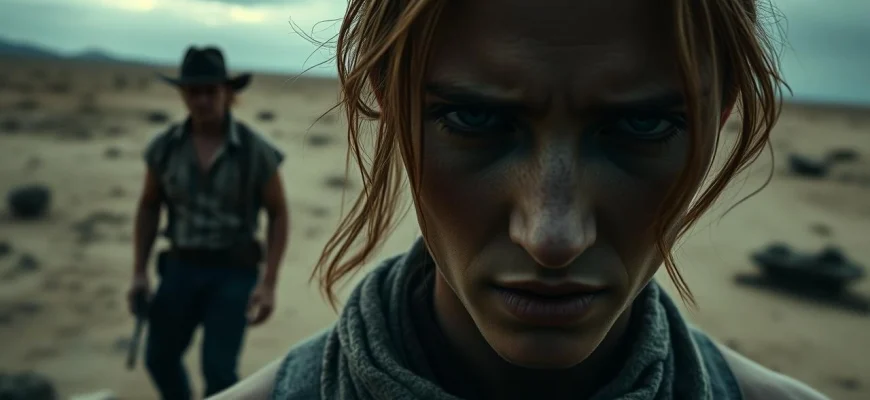If you're a fan of the intense and unsettling atmosphere of 'Wake in Fright' (2017), you're likely craving more films or shows that deliver a similar mix of psychological tension, raw emotion, and gripping storytelling. This article explores 10 movies and TV series that share the same dark, immersive qualities, whether through their themes, settings, or character-driven narratives. Whether you're drawn to the outback's harsh beauty or the descent into moral ambiguity, these recommendations will keep you on the edge of your seat.
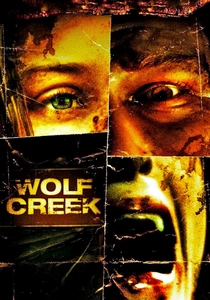
Wolf Creek (2005)
Description: Both 'Wolf Creek' and 'Wake in Fright' are Australian films that depict the terror and isolation of the outback. They share a sense of dread and unpredictability, with 'Wolf Creek' focusing more on the horror genre. The films explore the idea of the outback as a place where civilization's rules don't apply.
Fact: Inspired by real-life backpacker murders in Australia. The film's antagonist, Mick Taylor, became an iconic horror villain. It spawned a sequel and a television series.
 Watch Now
Watch Now 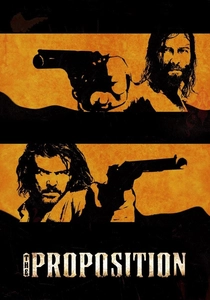
The Proposition (2005)
Description: Like 'Wake in Fright', 'The Proposition' is a gritty, intense Australian film that explores themes of violence, survival, and the harshness of the outback. Both films delve into the darker aspects of human nature and the brutal realities of life in remote areas. The visual aesthetics of both films are stark and unflinching, capturing the desolate beauty of the Australian landscape.
Fact: Written by musician Nick Cave, known for his dark and poetic storytelling. The film was shot in the harsh conditions of the Queensland outback, adding to its authenticity. It won several awards, including the IF Award for Best Film.
 Watch Now
Watch Now 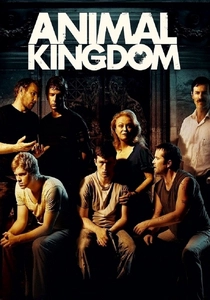
Animal Kingdom (2010)
Description: This film shares with 'Wake in Fright' a focus on the darker aspects of Australian society, particularly crime and family dysfunction. Both films are character-driven, with a strong sense of place and a tense, foreboding atmosphere. The emotional tone is similarly grim and unsettling.
Fact: Won the World Cinema Grand Jury Prize at Sundance. Features a breakout performance by Jacki Weaver, who was nominated for an Oscar. Inspired a television series of the same name.
 Watch Now
Watch Now 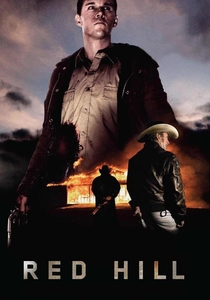
Red Hill (2010)
Description: Like 'Wake in Fright', 'Red Hill' is a tense, atmospheric thriller set in the Australian outback. Both films explore themes of justice and revenge, with a strong sense of place and a gritty visual style. The emotional tone is similarly intense and foreboding.
Fact: The director, Patrick Hughes, went on to direct 'The Expendables 3'. The film was shot in just 20 days. It won the Audience Award at the Melbourne International Film Festival.
 Watch Now
Watch Now 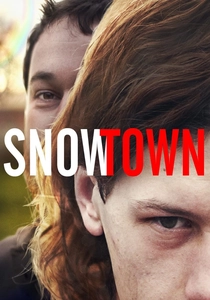
Snowtown (2011)
Description: Like 'Wake in Fright', 'Snowtown' is a harrowing portrayal of violence and its impact on a community. Both films are based on true events and present a bleak, unvarnished look at Australian life. The storytelling is raw and immersive, drawing the viewer into the characters' grim realities.
Fact: Based on the infamous Snowtown murders in South Australia. The film uses non-professional actors to heighten its realism. It was critically acclaimed but controversial for its graphic content.
 Watch Now
Watch Now 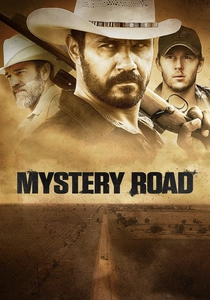
Mystery Road (2013)
Description: Both 'Mystery Road' and 'Wake in Fright' are set in the Australian outback and explore themes of isolation and crime. The films share a slow-burning tension and a focus on the cultural and social dynamics of rural Australia. The visual aesthetics are similarly stark and evocative.
Fact: Directed by Ivan Sen, who also wrote and composed the score. The film spawned a sequel and a television series. It features an all-Indigenous supporting cast.
 Watch Now
Watch Now 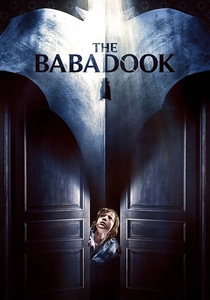
The Babadook (2014)
Description: While 'The Babadook' is a horror film, it shares with 'Wake in Fright' a deep exploration of psychological trauma and the breakdown of sanity. Both films use their settings to create a sense of claustrophobia and dread. The emotional tone is similarly dark and unsettling.
Fact: The Babadook became an unlikely LGBTQ+ icon. The film was a critical and commercial success despite its low budget. It was added to the Criterion Collection.
 Watch Now
Watch Now 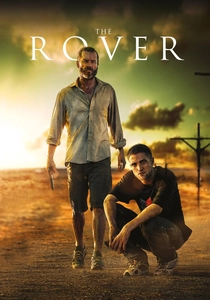
The Rover (2014)
Description: Both 'The Rover' and 'Wake in Fright' are set in the Australian outback and explore themes of survival, violence, and moral ambiguity. The films share a minimalist storytelling style and a focus on the psychological states of their protagonists. The visual aesthetics are similarly stark and atmospheric.
Fact: Directed by David Michôd, who also directed 'Animal Kingdom'. Features a haunting score by Antony Partos. The film's post-apocalyptic setting was inspired by real economic collapses.
 Watch Now
Watch Now 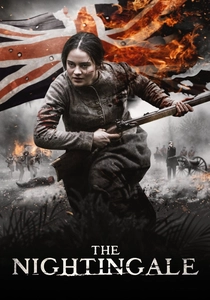
The Nightingale (2018)
Description: This film shares with 'Wake in Fright' a deep exploration of trauma and revenge set against the backdrop of Australia's unforgiving wilderness. Both films are unflinching in their portrayal of violence and the psychological toll it takes on their protagonists. The emotional tone is similarly bleak and intense.
Fact: Directed by Jennifer Kent, who also directed 'The Babadook'. The film sparked controversy for its graphic depictions of violence. It was shot in Tasmania, using natural light to enhance its raw, visceral feel.
 Watch Now
Watch Now 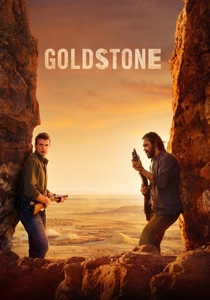
Goldstone (2016)
Description: Like 'Wake in Fright', 'Goldstone' is a crime thriller set in the Australian outback that explores themes of corruption and survival. Both films are character-driven, with a strong sense of place and a tense, atmospheric tone. The visual storytelling is similarly immersive and evocative.
Fact: A sequel to 'Mystery Road', also directed by Ivan Sen. The film addresses issues of Indigenous land rights. It was shot in the remote Queensland outback.
 Watch Now
Watch Now 
